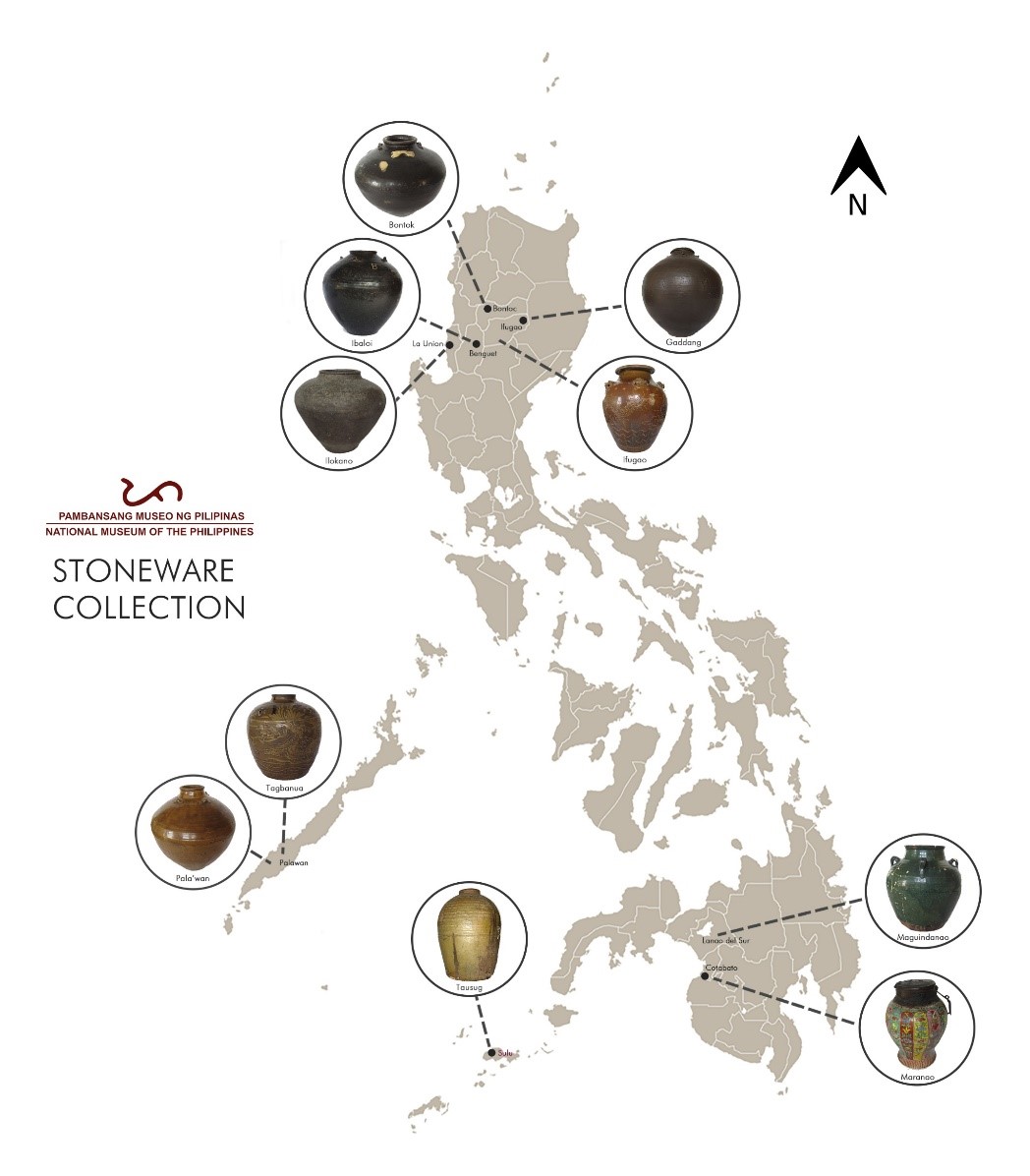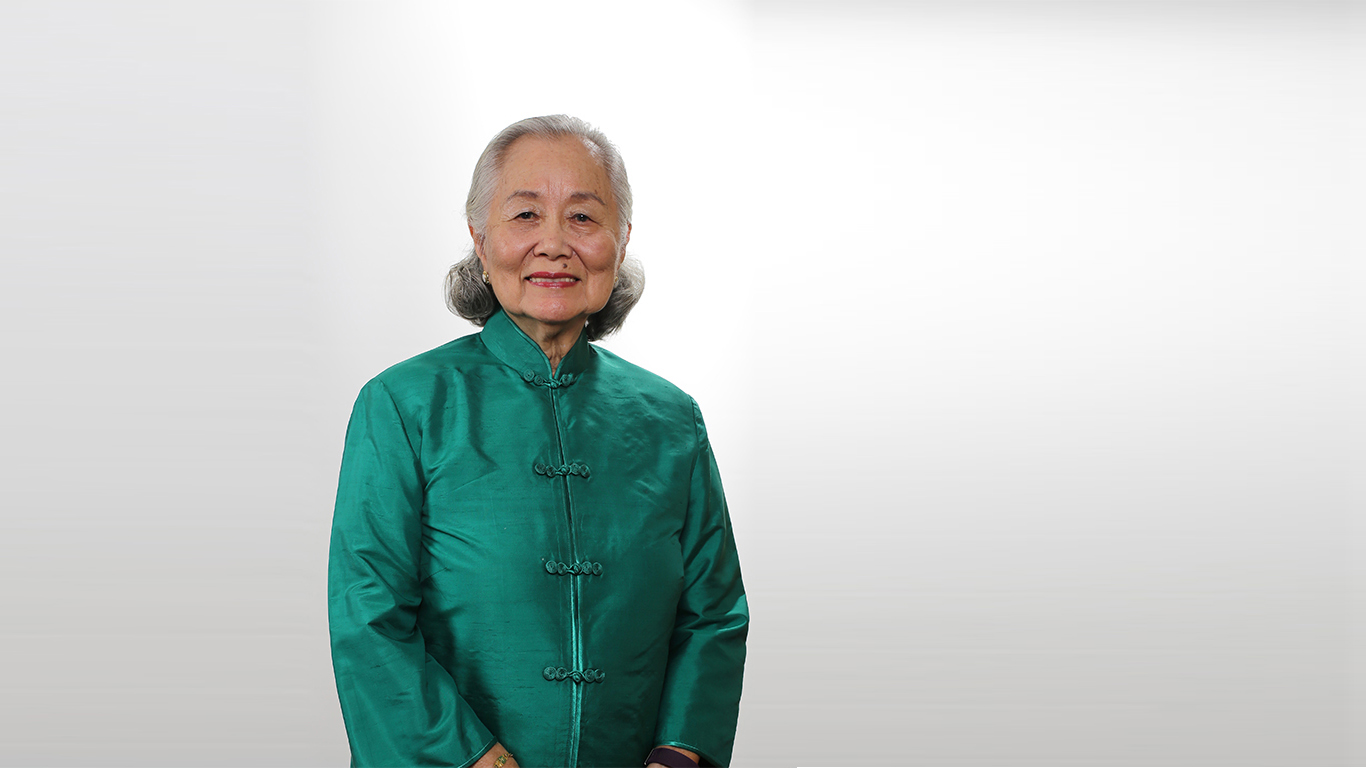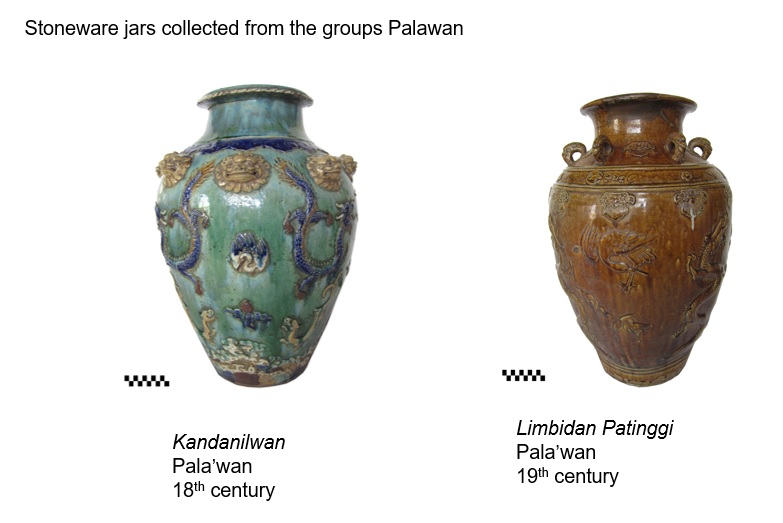In 1962, Dr. Robert B. Fox, then chief of the Anthropology Division of the National Museum, was able to find a blue and white bowl from Palawan possibly dating back to the Qing dynasty period (1644-1912).
It’s the oldest artifact in the National Museum of the Philippines’ (NMP) ethnographic stoneware collection, but while it’s an invaluable piece of Philippine history, it’s only one of 291 stoneware jars, bowls, and plates dating from the 15th to 20th century in the Museum’s National Ethnographic Collection (NEC), of which 60% is currently kept at the 5th level, East Wing of the National Museum of Anthropology in Manila. The rest are either stored or exhibited in other regional museums and galleries of the NMP across the country.
This is expected to change by the end of the year with the completion of the Elizabeth Yu Gokongwei Ethnographic Stoneware Resource Center and Visible Storage in partnership with the Gokongwei Brothers Foundation (GBF).
“We believe that a holistic education includes knowing oneself,” says Grace Colet, Executive Director of GBF. “With this partnership, we hope that the Filipino learner would gain a better understanding of their heritage and, in turn, a broader perspective of the world they live in.”
The importance of preserving our heritage
According to Dr. Ana Labrador, Deputy Director-General for Museums of NMP, the stoneware collection were gathered from different ethnolinguistic groups in the country, including Ilokano, Ibaloy, Bontok, Ifugao and Gaddang in northern Luzon; Pala’wan and Tagbanua in Palawan; and Maguindanao, Maranao, and Tausug in southwestern Mindanao.

Stoneware artifacts from all over the Philippines. IMAGE National Museum of the Philippines
These don’t just help researchers map the rich historical trade network early Filipinos have built with their neighbors even before the arrival of the Spaniards, but also provide insight into their beliefs and way of life.
The Tagbanua, for example, possess at least 24 distinct types of jars just for making tabad or rice wine. The broken jars found on top of some graves in Palawan have also been linked to the tradition of preparing pabaon or provisions to ease the journey of the departed into the afterlife.
“[Understanding our heritage] helps us remember the past which is connected to our present practices, values, beliefs and religions,” amplifies Dr. Labrador. “It gives us a sense of identity, belongingness and connection with others of similar cultural background, which is particularly helpful especially in times of crisis such as the COVID-19 pandemic.”
The quest for more knowledge
The Elizabeth Yu Gokongwei Ethnographic Stoneware Resource Center and Visible Storage is named for the late Gokongwei matriarch who was an avid lover of learning and culture. She always believed that learning should be accessible to all.

A portrait of Elizabeth Y. Gokongwei taken in 2019. IMAGE JG Summit Holdings Inc.
According to Dr. Labrador, access to the catalog of the collections and selected objects can be granted with the supervision of the collections’ manager and the assistance of the Museum’s own researchers.
The new space will also have a designated section for proper documentation of incoming and outgoing reference collections. In-depth studies of some of the objects will also be conducted within the premises.
“We will be scanning some collections to help in understanding the technology involved in making them and eventually 3-D print them so we can offer study collections for schools. Using XRF technology, we will also elicit information about the metal content of the clay used in their manufacture,” she explains.
All this will be visible to visitors from outside the room through glass panels.
What visitors can look forward to
Both GBF and NMP will develop corollary programs such as special tours, touch exhibitions for the sight-challenged, and other educational activities. “We will also produce digital and print publications—for students and teachers, for instance—as additional reference materials,” Dr. Labrador adds.
The Museum also intends to set an example for best practices in collections management including documentation, proper handling, maintenance and universal access. “In the near future, we are planning an internship program for Senior High School students to teach them in the identification, classification and basic analysis of stoneware jars to make them appreciate the richness of our heritage and the Museum’s collection,” she adds.

Stonware jars from Palawan. IMAGE National Museum of the Philippines
Once the research facility opens, GBF General Manager Lisa Y. Gokongwei-Cheng hopes that visitors, whether they be students, educators, or researchers, will find something of value in both the presentation and preservation of the collection. She also hopes that the new space can inspire a greater sense of unity among Filipinos.
“In seeing the ways by which we are distinct from one another, perhaps we can also recognize the ways by which we are the same, as we work together to create a better future for our country,” she says.
The Elizabeth Yu Gokongwei Ethnographic Stoneware Resource Center and Visible Storage is scheduled to be completed by December 2021. It will be open to the public as soon as movement and travel restrictions in Metro Manila are lifted with the necessary health and safety protocols in place.


